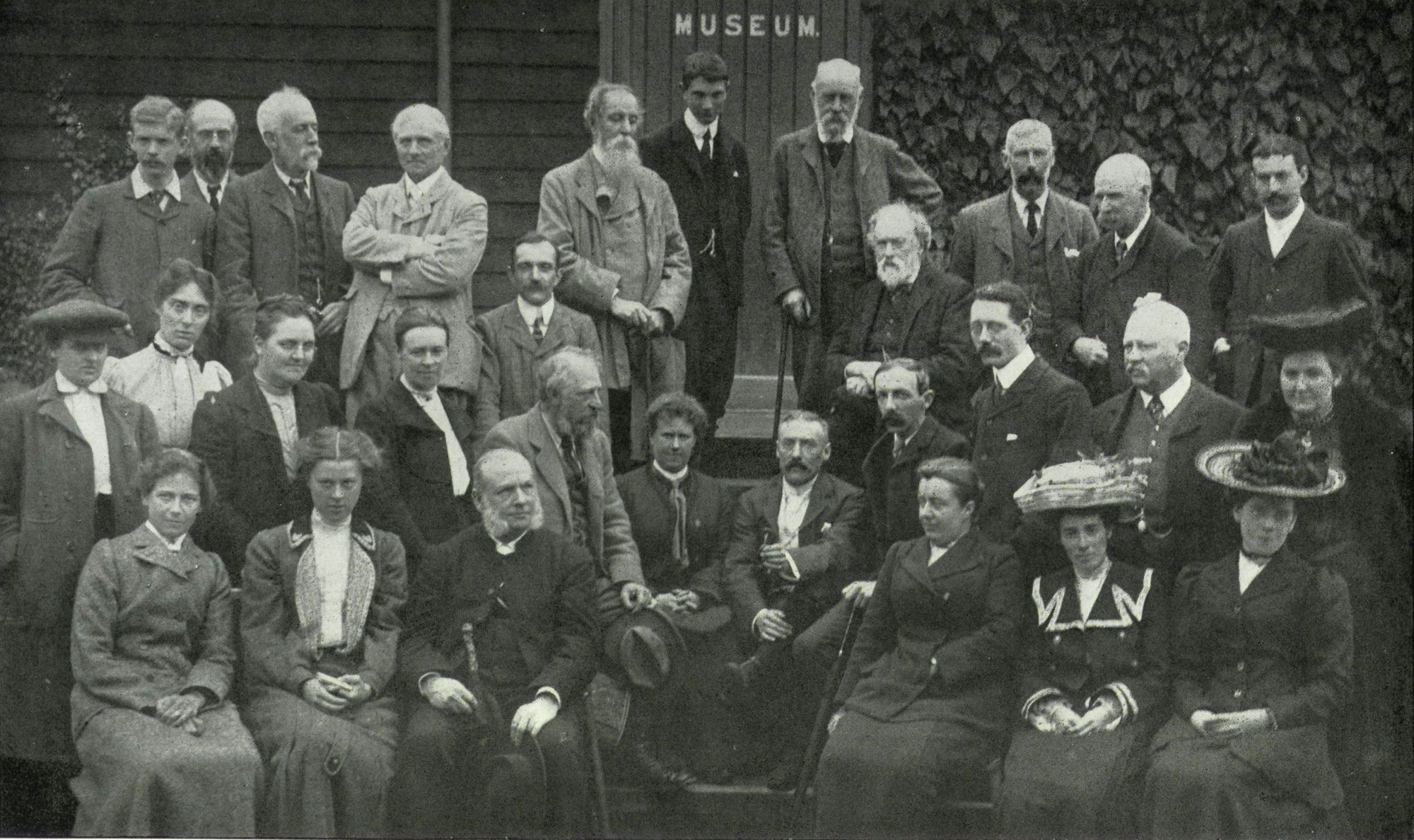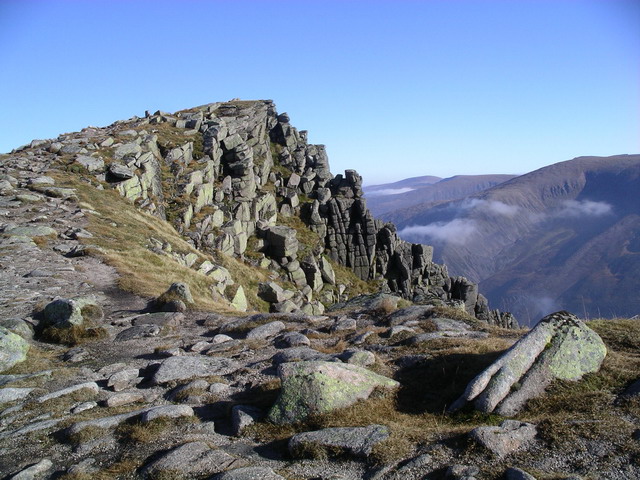|
Mycena Urania
''Mycena urania'', commonly known as the violet bonnet, is a species of mushroom in the family Mycenaceae. First named ''Agaricua uranius'' in 1818 by Swedish mycologist Elias Magnus Fries, it was assigned its current name in 1872 by the French naturalist Lucien Quélet. Description The cap is initially conic in shape, and expands to hemispheric in maturity, typically reaching in diameter. Distribution A rare species, the North American distribution of ''Mycena urania'' includes Michigan, North Carolina, and Tennessee. It has also been collected in the Scottish Cairngorms. References {{Taxonbar, from=Q5938951 urania Urania ( ; grc, , Ouranía; modern Greek shortened name ''Ránia''; meaning "heavenly" or "of heaven") was, in Greek mythology, the muse of astronomy, and in later times, of Christian poetry. Urania is the goddess of astronomy and stars, he ... Fungi of Europe Fungi of North America Taxa named by Elias Magnus Fries ... [...More Info...] [...Related Items...] OR: [Wikipedia] [Google] [Baidu] |
Elias Magnus Fries
Elias Magnus Fries (15 August 1794 – 8 February 1878) was a Swedish mycologist and botanist. Career Fries was born at Femsjö (Hylte Municipality), Småland, the son of the pastor there. He attended school in Växjö. He acquired an extensive knowledge of flowering plants from his father. In 1811 Fries entered Lund University where he obtained a doctorate in 1814. In the same year he was appointed an associate professorship in botany. He was elected a member of the Royal Swedish Academy of Sciences, and in 1824, became a full professor. In 1834 he became Borgström professor (Swed. ''Borgströmianska professuren'', a chair endowed by Erik Eriksson Borgström, 1708–1770) in applied economics at Uppsala University. The position was changed to "professor of botany and applied economics" in 1851. He was elected a Foreign Honorary Member of the American Academy of Arts and Sciences in 1849. That year he was also appointed director of the Uppsala University Botanica ... [...More Info...] [...Related Items...] OR: [Wikipedia] [Google] [Baidu] |
Lucien Quélet
Lucien Quélet in 1869 Lucien Quélet (14 July 1832 – 25 August 1899) was a French naturalist and mycologist. Quélet discovered several species of fungi and was the founder of the Société mycologique de France, a society devoted to mycological studies. Quélet, having been born in Montécheroux, Doubs, to a farmer, was soon orphaned, and spent his childhood with and was raised by his aunts. In his youth, he is known to have shown a great interest in mycology and botany in general, but also other subject areas such as ornithology and malacology, the study of mollusks. He was schooled at the Montbéliard college, and later studied medicine in Strasbourg. In 1884, he founded the mycological society known as the Société mycologique de France, of which he became the first president. Several years after this, in 1888, Quélet wrote a book, ''Flore mycologique de la France et des pays limitrophes'' (''Mycological flora of France and neighbouring countries''). Quélet also des ... [...More Info...] [...Related Items...] OR: [Wikipedia] [Google] [Baidu] |
British Mycological Society
The British Mycological Society is a learned society established in 1896 to promote the study of fungi. Formation The British Mycological Society (BMS) was formed by the combined efforts of two local societies: the Woolhope Naturalists' Field Club of Hereford and the Yorkshire Naturalists’ Union. The Curator of the Hereford Club, Dr. H. G. Bull, convinced the members in 1867 to undertake the particular study of mushrooms. While the mycological efforts of the Club diminished somewhat after Dr. Bull's death, the Union of Yorkshire founded its Mycological Committee in 1892. This Committee attracted the involvement of many eminent mycologists including George Edward Massee (1845–1917), James Needham (1849–1913), Charles Crossland (1844-1916), and Henry Thomas Soppitt (1843-1899). Mycologist Kathleen Sampson was a member for sixty years, as well as serving as president in 1938. The need for a national organisation and the need for a journal to publish their observatio ... [...More Info...] [...Related Items...] OR: [Wikipedia] [Google] [Baidu] |
Mushroom
A mushroom or toadstool is the fleshy, spore-bearing fruiting body of a fungus, typically produced above ground, on soil, or on its food source. ''Toadstool'' generally denotes one poisonous to humans. The standard for the name "mushroom" is the cultivated white button mushroom, ''Agaricus bisporus''; hence the word "mushroom" is most often applied to those fungi ( Basidiomycota, Agaricomycetes) that have a stem ( stipe), a cap ( pileus), and gills (lamellae, sing. lamella) on the underside of the cap. "Mushroom" also describes a variety of other gilled fungi, with or without stems, therefore the term is used to describe the fleshy fruiting bodies of some Ascomycota. These gills produce microscopic spores that help the fungus spread across the ground or its occupant surface. Forms deviating from the standard morphology usually have more specific names, such as "bolete", "puffball", "stinkhorn", and " morel", and gilled mushrooms themselves are often called "agarics" in refere ... [...More Info...] [...Related Items...] OR: [Wikipedia] [Google] [Baidu] |
Mycenaceae
The Mycenaceae are a family of fungi in the order Agaricales. According to the ''Dictionary of the Fungi'' (10th edition, 2008), the family contains 10 genera and 705 species. This is one of several families that were separated from the Tricholomataceae as a result of phylogenetic analyses. Taxa in the Mycenaceae are saprobic, have a cosmopolitan distribution, and are found in almost all ecological zones. The family was circumscribed by Caspar van Overeem in 1926. The extinct genus ''Protomycena'', described from Burdigalian age Dominican amber found on the island of Hispaniola is one of four known agaric genera in the fossil record. Phylogeny A large-scale phylogenetic analysis study of the Agaricales published by a consortium of mycologists in 2002 adopted the name Mycenaceae for a strongly supported clade consisting of ''Dictyopanus'', '' Favolaschia'', ''Mycena ''Mycena'' is a large genus of small saprotrophic mushrooms that are rarely more than a few centimeters in ... [...More Info...] [...Related Items...] OR: [Wikipedia] [Google] [Baidu] |
Pileus (mycology)
The pileus is the technical name for the cap, or cap-like part, of a basidiocarp or ascocarp (fungal fruiting body) that supports a spore-bearing surface, the hymenium.Moore-Landecker, E: "Fundamentals of the Fungi", page 560. Prentice Hall, 1972. The hymenium (hymenophore) may consist of lamellae, tubes, or teeth, on the underside of the pileus. A pileus is characteristic of agarics, boletes, some polypores, tooth fungi, and some ascomycetes. Classification Pilei can be formed in various shapes, and the shapes can change over the course of the developmental cycle of a fungus. The most familiar pileus shape is hemispherical or ''convex.'' Convex pilei often continue to expand as they mature until they become flat. Many well-known species have a convex pileus, including the button mushroom, various ''Amanita'' species and boletes. Some, such as the parasol mushroom, have distinct bosses or umbos and are described as ''umbonate''. An umbo is a knobby protrusion at the center of th ... [...More Info...] [...Related Items...] OR: [Wikipedia] [Google] [Baidu] |
Cairngorms
The Cairngorms ( gd, Am Monadh Ruadh) are a mountain range in the eastern Highlands of Scotland closely associated with the mountain Cairn Gorm. The Cairngorms became part of Scotland's second national park (the Cairngorms National Park) on 1 September 2003. Although the Cairngorms give their name to, and are at the heart of, the Cairngorms National Park, they only form one part of the national park, alongside other hill ranges such as the Angus Glens and the Monadhliath, and lower areas like Strathspey. The Cairngorms consists of high plateaux at about above sea level, above which domed summits (the eroded stumps of once much higher mountains ) rise to around . Many of the summits have tors, free-standing rock outcrops that stand on top of the boulder-strewn landscape. In places, the edges of the plateau form steep cliffs of granite and they are excellent for skiing, rock climbing and ice climbing. The Cairngorms form an arctic-alpine mountain environment, with tundra-like ... [...More Info...] [...Related Items...] OR: [Wikipedia] [Google] [Baidu] |
Mycena
''Mycena'' is a large genus of small saprotrophic mushrooms that are rarely more than a few centimeters in width. They are characterized by a white spore print, a small conical or bell-shaped cap, and a thin fragile stem. Most are gray or brown, but a few species have brighter colors. Most have a translucent and striate cap, which rarely has an incurved margin. The gills are attached and usually have cystidia. Some species, like ''Mycena haematopus'', exude a latex when the stem is broken, and many species have a chlorine or radish-like odor. Overview ''Mycenas'' are hard to identify to species and some are distinguishable only by microscopic features such as the shape of the cystidia. Some species are edible, while others contain toxins, but the edibility of most is not known, as they are likely too small to be useful in cooking. ''Mycena pura'' contains the mycotoxin muscarine, but the medical significance of this is unknown. Over 58 species are known to be bioluminescent, ... [...More Info...] [...Related Items...] OR: [Wikipedia] [Google] [Baidu] |
Fungi Of Europe
A fungus (plural, : fungi or funguses) is any member of the group of Eukaryote, eukaryotic organisms that includes microorganisms such as yeasts and Mold (fungus), molds, as well as the more familiar mushrooms. These organisms are classified as a Kingdom (biology), kingdom, separately from the other eukaryotic kingdoms, which by one traditional classification include Plantae, Animalia, Protozoa, and Chromista. A characteristic that places fungi in a different kingdom from plants, bacteria, and some protists is chitin in their cell walls. Fungi, like animals, are heterotrophs; they acquire their food by absorbing dissolved molecules, typically by secreting digestive enzymes into their environment. Fungi do not photosynthesize. Growth is their means of motility, mobility, except for spores (a few of which are flagellated), which may travel through the air or water. Fungi are the principal decomposers in ecological systems. These and other differences place fungi in a single gro ... [...More Info...] [...Related Items...] OR: [Wikipedia] [Google] [Baidu] |
Fungi Of North America
A fungus ( : fungi or funguses) is any member of the group of eukaryotic organisms that includes microorganisms such as yeasts and molds, as well as the more familiar mushrooms. These organisms are classified as a kingdom, separately from the other eukaryotic kingdoms, which by one traditional classification include Plantae, Animalia, Protozoa, and Chromista. A characteristic that places fungi in a different kingdom from plants, bacteria, and some protists is chitin in their cell walls. Fungi, like animals, are heterotrophs; they acquire their food by absorbing dissolved molecules, typically by secreting digestive enzymes into their environment. Fungi do not photosynthesize. Growth is their means of mobility, except for spores (a few of which are flagellated), which may travel through the air or water. Fungi are the principal decomposers in ecological systems. These and other differences place fungi in a single group of related organisms, named the ''Eumycota'' (''true fungi' ... [...More Info...] [...Related Items...] OR: [Wikipedia] [Google] [Baidu] |






